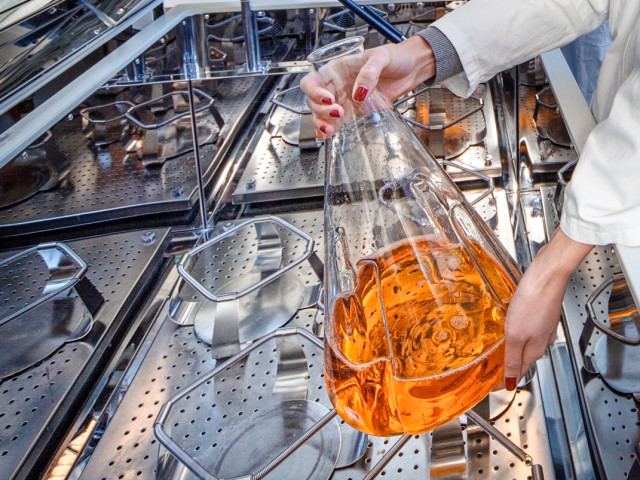Part 1: Theory and problem solving (3 credits)
There are three sections in this part, ideal reactor models, heterogeneous system and non-ideal reactors.
Part 2: Home and classroom problems (3 credits)
In this course there are exercises in the form of home and classroom problems that are solved by groups of three students each. Some of those problems are coupled to the computer laboratory exercises.
Part 3: Computer laboratory exercises (3 credits)
Computer laboratory exercises are carried out by groups of students. By this the students are to exercise the whole chain from a problem in chemical reaction engineering formulating a mathematical problem, choosing numerical algorithms, calculation methods and computer software, and doing the computer calculations in the computer classroom. The second half of these exercises consists of an Open Ended Problem (OEP) in the form of a small calculation project.
The aim of the course is to give the students an enhanced understanding of the theory of chemical reactors and enhanced skill in formulation and analysis of mathematical models in chemical engineering. The exercises and the computer laboratory exercises aim to enhancing problem solving skills both with and without computer usage.
After you have worked through this course, including class and home problems, computer lessons exercises, you should be able to:
• Use correctly the "pillars" of chemical reaction engineering to solve a variety of problems concerning design, operation, analysis and synthesis of chemical reactors or systems of such, as well as systems similar to chemical reactors (for example, environmentally interesting reactions in the atmosphere, in the hydrosphere or in the ground or reactive processes taking place in living organisms such as enzyme catalysed reactions)
• Use the principles, relationships and patterns of chemical reaction engineering for qualitative reasoning.
• Detect and analyse problems, which may be solved by the methods of chemical reaction engineering.
• Transform calculation problems in chemical reaction engineering into mathematical models and, if necessary choose a numerical method for solving those models and, if necessary, choose suitable ready-made software and carry out the calculations on a computer.
